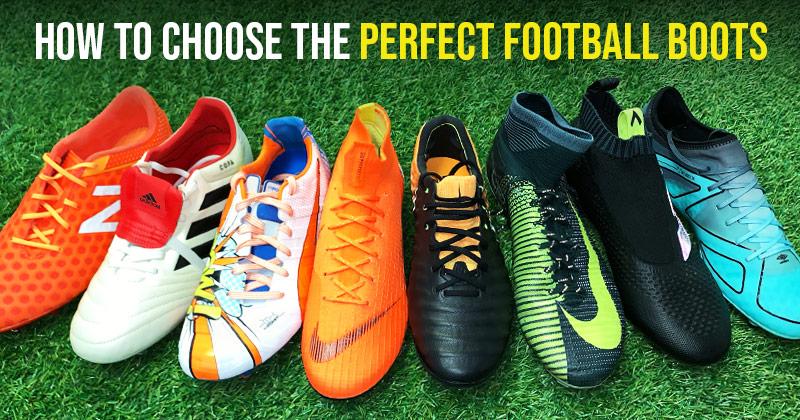Football boots are essential for any player looking to perform optimally on the field. With numerous brands and styles available, selecting the right pair can be daunting. One can explore a vast range of football boots that cater to various preferences and needs.
Understanding the Different Types of Football Boots
The first step in choosing the right football boots is understanding the different types available. Football boots can be broadly categorised into various types based on the playing surface and player position. Firm ground boots, soft ground boots, and artificial ground boots are the most common categories.
Firm Ground Boots
Firm ground (FG) boots are designed for natural grass surfaces that are dry, or only slightly damp. These boots typically feature moulded studs that provide excellent traction and stability on firm grounds. FG boots are versatile and suitable for most outdoor pitches.
Soft Ground Boots
Soft ground (SG) boots are ideal for wet and muddy pitches. They are equipped with replaceable metal studs that offer better grip and prevent slipping in wetter conditions. These boots are often used in professional matches, particularly in regions that experience frequent rain.
Artificial Ground Boots
Artificial ground (AG) boots are perfect for synthetic pitches. They have shorter, rubber studs that are designed to offer optimal traction on artificial turf. These boots prevent the discomfort and injuries associated with using FG or SG boots on synthetic surfaces.
Material Matters: Leather vs Synthetic
Football boots are generally manufactured from either leather or synthetic materials. Leather boots are favoured for their comfort, flexibility, and excellent fit. They are often preferred by traditionalists who value the feel of natural material. Kangaroo leather, for instance, is a premium choice known for its softness and durability.
In contrast, synthetic boots are designed to be lighter and more water-resistant than leather boots. Modern synthetic materials can replicate many of the advantages of leather while offering designs that cater to specific playing styles. Synthetic boots are typically easier to clean and maintain.
Boot Fit: Ensuring Comfort and Performance
Ensuring a proper fit is crucial when selecting football boots. Ill-fitting boots can lead to blisters, discomfort, and injury. A well-fitted boot should offer a snug fit without squeezing the foot. It is essential to try on boots with football socks and test them by walking and jogging to determine comfort.
Considering Playing Position
Different playing positions require specific boot characteristics. Forwards may opt for lightweight boots with a clean strike zone, providing better accuracy in shots. Midfielders might want enhanced control and flexibility for better ball handling, while defenders may seek boots offering additional protection and durability.
Brands and Models: Finding the Right Match
The market features various brands offering football boots tailored to different needs. Familiarity with brands and their features can guide players toward a suitable selection. Brands like Nike, Adidas, and Puma are renowned for their vast ranges catering to different playing styles.
Nike Football Boots
Nike is known for its innovative designs and technologies. Their range includes boots like the Mercurial, designed for speed and agility, and the Phantom, offering accuracy and control.
Adidas Football Boots
Adidas has a long history of producing high-quality football boots. Models like the Predator provide precision and power, while the X series focuses on speed and lightweight performance.
Puma Football Boots
Puma offers boots that combine style with high performance. Iconic models like the Future provide adaptability and enhanced touch, catering to creative players.
Maintaining Your Football Boots
Proper maintenance of football boots can extend their longevity and performance. Cleaning boots after each game, storing them in a cool, dry place, and using protective sprays can help maintain their condition. It is advisable to regularly check for wear and tear, especially on the sole and studs.
Price and Value
Football boots come in a range of prices, from budget-friendly options to high-end models. While it may be tempting to go for the latest model, it is important to consider value for money. A more affordable boot that fits well and suits the player’s style can be a better choice than a costly pair that lacks comfort or relevance.
Conclusion: Making an Informed Decision
Selecting the right football boots involves considering the playing surface, boot material, fit, player position, and personal preference. By understanding these factors and exploring available options, players can make an informed decision ensuring both comfort and performance on the field.

